Why are Edo faceted glasses so popular?
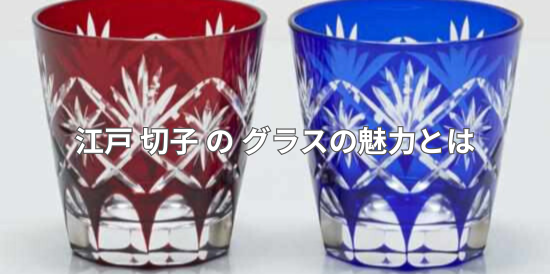
This article contains promotional
The reason for the high popularity of Edo faceted glass is the perfect fusion of the three elements of "tradition," "beauty," and "practicality. Edo faceted glass is not just a glass product, but a work of art filled with Japanese craftsmanship that has captured the hearts of many people.
First of all, Edo faceting is a traditional craft that originated in Tokyo and began in the late Edo period. It is characterized by delicate cuts made in transparent glass, with patterns that emerge when light reflects off the glass. This cutting is done entirely by hand, and the subtle angles and depths that cannot be reproduced by machines produce a beautiful luminance. The beauty of the appearance and the warmth of the handmade craftsmanship are the crystallization of the craftsman's skill and experience, and captivate the hearts of those who see them.
Furthermore, many people choose Edo faceting as a gift. The luxurious yet Japanese elements of the design make it ideal as a souvenir for people overseas or as a gift for Father's Day, Respect-for-Senior-Citizens Day, and other occasions. In recent years, in particular, collaborative products with Dragon Ball and Disney have appeared, appealing to the younger generation and their fan base.
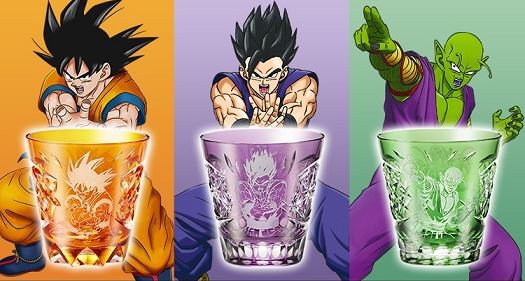
They are also excellent in terms of practicality. A wide variety of shapes are available, including chilled sake glasses, rocks glasses, and wine glasses, allowing you to choose the occasion when you use them. In addition to the beauty of the design, the weight and smooth feel in the mouth when held in the hand are also highly valued.
For these reasons, Edo faceted glass continues to be favored by many people as an item that transcends mere daily necessities, an item that is a joy to own and a pleasure to give as a gift.
What is the charm of Edo faceted glass?
The greatest appeal of Edo faceted glass is the beauty of the handwork that goes into each piece. The unique brilliance of the exquisite cut patterns and the transparency of the glass has a profound beauty that cannot be experienced with machine-made products.
When put this way, it may seem like just another decorative item, but Edo faceted glass is uniquely attractive because it combines both "practicality" and "artistry. Many of the patterns on the glass are auspicious, such as "hemp leaf" and "arrowhead," and in addition to being beautiful to look at, they are also meaningful as gifts.
Another feature of this piece is the deep tints created by the "kisegasu" technique, in which transparent glass is carved on top of colored glass. When exposed to light, the pattern shines like a kaleidoscope, and the way it appears changes depending on the angle, making it a joy to own.
On the other hand, since all Edo facets are made by hand, no two products are exactly alike. Therefore, it has value as a unique glass in the world. The charm of "one-of-a-kind" products, which mass-produced products do not have, is one of the reasons why they are chosen for use on special occasions and as gifts.
Furthermore, Edo faceting designs have recently been incorporated into products other than glassware, such as nail polish and candy, showing ingenuity in blending into modern lifestyles beyond the boundaries of traditional craftsmanship. This evolution can be said to be part of the flexible appeal of Edo faceting.
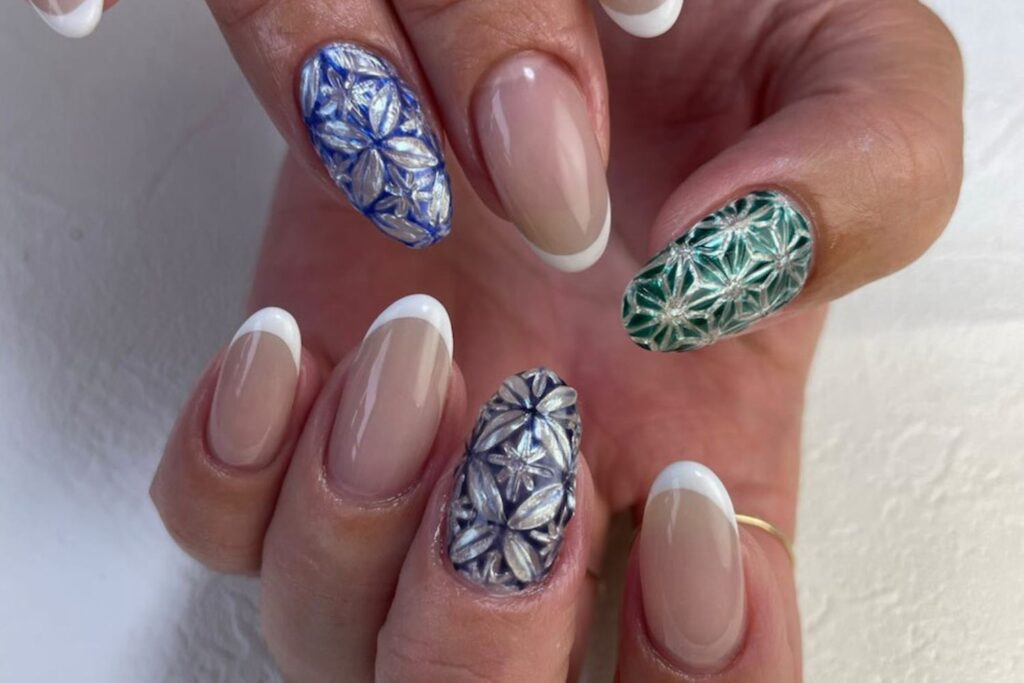
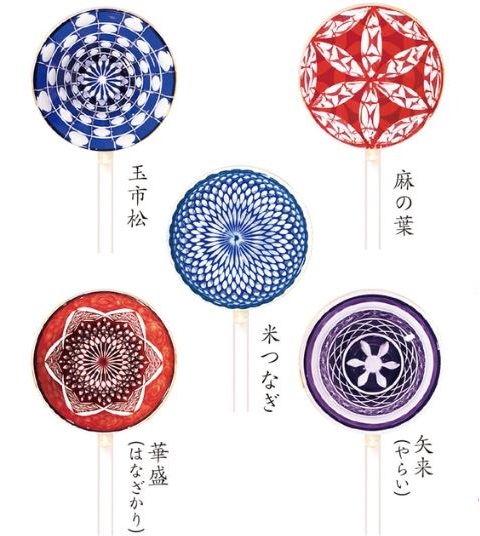
In other words, Edo faceted glass is not only beautiful, but also a special item that can be used with a sense of meaning and culture to enrich your life.
Why it doesn't crack? Secrets of Traditional Technology
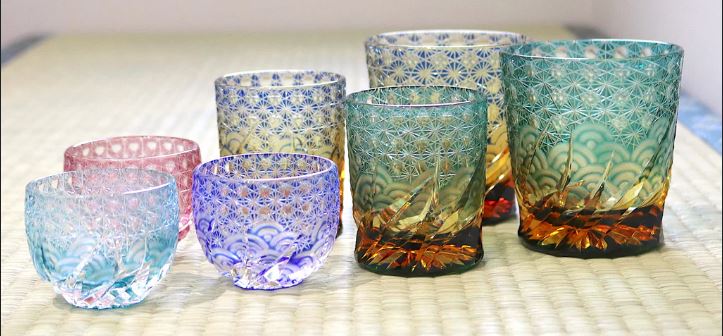
Behind the reputation of Edo faceted glass as being "unbreakable" lies the high level of skill inherited by Japanese craftsmen and their thorough attention to the selection of materials. Of course, as a glass product, it can break if subjected to a strong impact, but compared to ordinary glass products, Edo faceted glass is surprisingly durable.
One of the reasons for this is the thickness of the material. Thick glass materials are used for Edo faceting. Thin glass cannot be used to make complex cuts and is more likely to break during the production process. Therefore, we carefully select durable materials to maintain a balance between depth of cut and strength.
What is even more remarkable is the cutting technique. The cutting of the surface is all done by hand by craftsmen, who pay close attention to the degree of force and angle of the cut so that the faceted pattern is beautifully finished. This process ensures that stress is applied evenly to the entire glass surface and prevents unexpected cracks and breaks. In other words, not only is the glass beautiful to look at, but it is also structurally precisely calculated.
In the post-production process, the product is cooled slowly and undergoes a process called "annealing," which firmly removes stress from the inside of the glass. This process prevents strain from remaining on the inside of the glass and greatly improves durability. In other words, despite the beauty of the surface, the true strength of Edo faceting lies in what cannot be seen.
Thus, Edo faceting is considered "crack-resistant" because of the accumulation of uncompromising techniques from the selection of materials to the manufacturing process and finishing. Understanding that Edo faceting is not a mere coincidence or a byproduct of beauty, but the result of intentional creation by craftsmen, will enable you to appreciate the value of Edo faceting more deeply.
Why are glasses so expensive? What are the reasons for high-end Edo faceted glass?
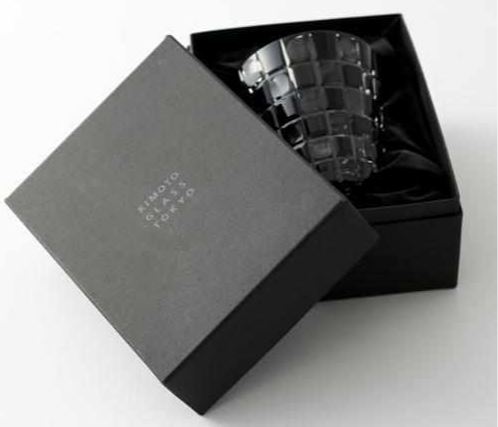
There are several factors that explain why Edo faceted glass is considered "luxury" and more expensive than ordinary glassware. It is not simply because it is a traditional craft, but there is clearly a value that is commensurate with the price.
The first major reason is the "time and effort required for production. Edo faceting is not mass-produced by machine, but is a product that is finished by hand, one by one, by craftsmen. The process of cutting while precisely adjusting the position, angle, and depth of the cut requires a high level of skill and can take days to complete. Even if the design is the same, no two pieces will have exactly the same pattern because of the handcrafting process.
Secondly, "high material cost" also affects the price. The glass used for Edo faceting is often chosen for its high transparency and thickness. In particular, the material called cased glass, in which colored glass is layered over clear glass, is very expensive while creating a beautiful appearance. Specialized machinery and skilled techniques are essential to process this material, which inevitably increases its cost.
Another factor contributing to the high price is the "limited number of makers. There are only a few artisans in Japan who specialize in Edo faceting, and the number of young craftspeople who can pass on their skills is also limited. When supply is low in relation to demand, the value of the piece becomes scarce, and this is easily reflected in the price.
Another thing that should not be overlooked is the artistic and cultural value. Edo faceting is not just a daily commodity, but also a craft that symbolizes Japanese tradition and aesthetics. Its existence, supported by high technology and a long history, is considered to have a value similar to that of works of art. Especially as gifts or souvenirs, they are often treated as "lifetime items," and many people feel that their value exceeds their price.
In other words, Edo faceted glass is expensive because it is not just a "vessel" but "a work of art in which the craftsman's skill and heart reside. By understanding the background behind the price, you will be more deeply convinced of its value.
How many types of glasses are available? The difference between a cold sake glass and a rocks glass
There are various types of Edo faceted glass depending on the use and shape. Since the choice of "glass" simply depends on what you drink and the occasion, knowing the characteristics of each type will make it more attractive and useful.
The first type of sake glass known as the standard is the "chilled sake glass. This type of glass has a shape that is ideal for chilling sake and is compact and fits in the palm of the hand. The mouth of the glass is often made thin to soften the mouthfeel, with an emphasis on balance as a sake drinking vessel. The delicate faceted pattern changes its expression every time it catches the light, which is one of its charms.
On the other hand, a "rocks glass" is for enjoying whiskey or shochu with ice. Compared to the cold sake glass, it is larger in size and has a thicker bottom. There is a reason for this thickness, and it is designed so that it does not break easily when filled with ice and so that the heat from your hand is not transferred to the drink. Many of the designs have a sense of weight and tend to be chosen as gifts for adults.
There are a great variety of other glasses made from Edo faceting, such as "wine glasses," "tumblers," and "sake cups. The pattern of the cut changes with each shape, and the appeal of Edo faceting is that it can be enjoyed not only for its functional differences, but also in terms of design.
As you can see, Edo faceted glass comes in a wide variety of shapes, allowing you to choose the one that best suits the type of beverage and the occasion of use. Each glass is meticulously designed to fit the hand of the user, and has a presence not merely as a vessel, but as a piece of art to be used in daily life.
Fuji motif glasses are also popular
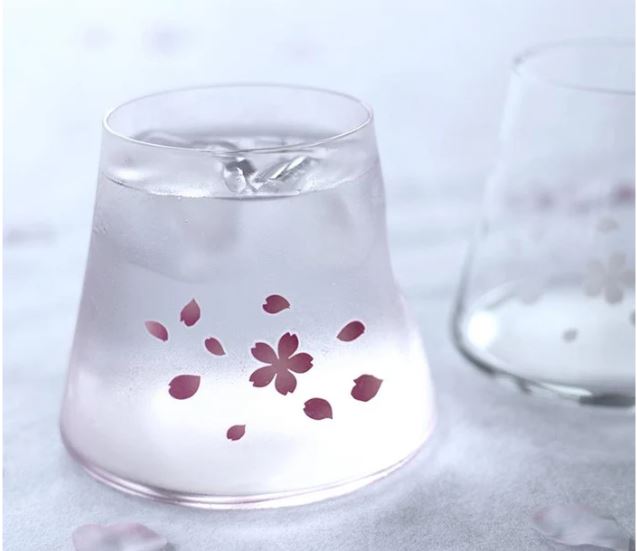
Among Edo faceted glass designs, the "Mt. Fuji motif" glasses have attracted particular attention in recent years. As a symbol of Japan, Mt. Fuji is highly valued not only by tourists but also by domestic connoisseurs, and its inclusion in glass designs adds even more value.
This type of glass often has a three-dimensional silhouette of Mt. Fuji on the bottom of the glass, creating the appearance of the mountain when the drink is poured. For example, pouring clear water or alcohol into the glass makes Mt. Fuji appear to emerge from the surface of the water, while pouring red wine into the glass evokes the image of Fuji in the sunset.
Fuji motifs are not only visually striking, but also have strong connotations of good fortune. Fuji has long been a symbol of dreams and success, as in the old Japanese saying, "One Fuji, two hawks, three eggplants. For this reason, it is easily chosen as a celebratory or commemorative gift, and is especially in demand as an overseas gift or as a commemorative gift for corporate awards.
Fuji, the design of the glass requires a high level of skill in its production due to the complex processing of the bottom surface. The pattern that appears to spread from the inside to the outside of the glass and the cut that changes its expression with the reflection of light are truly the culmination of a craftsman's skill.
In this way, it is clear that Edo faceted glasses with Fuji motifs are gaining popularity due to the combination of visual beauty, good luck, and craftsmanship. They are not only for ornamental purposes, but also for use in everyday life to enrich your life.
Edo faceted glass for Father's Day
For those who are wondering about Father's Day gifts, Edo faceted glass is one of the most special options. More than just an everyday item, Edo faceted glass, which combines tradition, beauty, and practicality, is extremely popular as a gift to say "thank you.
First of all, Edo faceted glass is attractive for its delicate cut and brilliance. Because each piece is carefully crafted by hand, even the same design has a slightly different expression, making it a unique gift. The way the pattern changes with the light is pleasing to the eye and gives the viewer a sense of satisfaction in owning it.
One of the reasons why this is a good Father's Day gift is the wide range of uses. For example, a rocks glass or a cold sake glass is ideal for a father who enjoys drinking in the evening, and there are also tumbler-shaped glasses that can be used for drinking coffee or water. The unique appeal of Edo faceting is that it is both a practical item for daily use and a special craft.
In addition, many of them offer personalization services with messages and gift sets in special wooden boxes. This makes for a more thoughtful gift. Some sets are wrapped in Japanese wrapping paper or a paulownia wood box, making them ideal for superiors or for occasions that require a high level of formality.
However, since they are glass products, care must be taken not to drop them. Also, many products are recommended to be washed by hand, so there is a point where care must be taken in handling them. In addition to this delicacy, it is a product that should be handled with care.
Thus, Edo faceted glass is an extremely appreciated gift for Father's Day. Not only are they beautiful to look at, but they also easily convey the feelings of the recipient, making them an ideal gift that will remain as a keepsake.
In addition to glasses, pierced earrings and other accessories are also a hot topic.
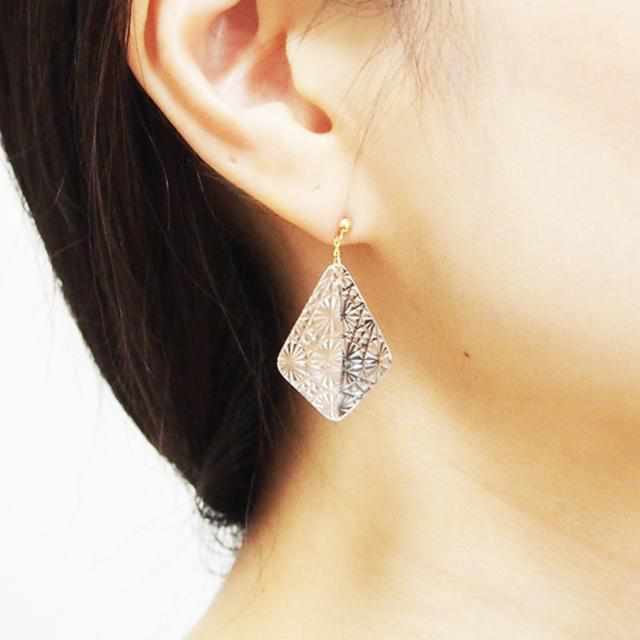
Many people may think of Edo faceting as glassware, but in fact, products other than glassware have been attracting attention in recent years. Accessories such as earrings and pierced earrings are particularly popular among the younger generation. The evolution of traditional crafts into fashion items is attracting a lot of interest.
The accessories that utilize the Edo faceting technique are attractive for their elaborate cuts, which set them apart from ordinary glassware. The delicately shining surface that catches the reflection of light has a presence equal to or greater than that of jewelry. The cut patterns are also based on traditional "yarai" and "asanoha" patterns, and the designs are rooted in Japanese culture.
These accessories require a high level of skill to process the glass part into a compact shape. The precision of the craftsman's work is essential, as the cut must be made on a small part of a few centimeters, rather than on a large surface like glass. Because of this, they are also very rare and are often produced in limited quantities.
In addition to earrings, the line is also expanding into a variety of other items such as necklaces, brooches, and cufflinks. For those who want to experience traditional crafts but are reluctant to touch everyday items such as glasses, accessories provide an easy entry point.
デザイン面でも現代的なアレンジが加えられており、和装だけでなく洋服にもマッチするものが増えています。そのため、海外のファッションショーや展示会でも注目され、日本文化の新しい表現として高く評価されています。
このように、江戸切子はもはや“グラスだけ”の工芸ではありません。ピアスなどのアクセサリーとしても進化を遂げ、より多くの人々の日常に溶け込む存在となっています。伝統と現代が融合したその姿は、今後ますます広がっていく可能性を秘めていると言えるでしょう。
どこで買える?店舗と通販の比較
江戸切子グラスを購入するには、実店舗とインターネット通販の2つの方法があります。それぞれに異なるメリットと注意点があるため、自分に合った購入スタイルを知っておくことが大切です。
まず、実店舗の最大の魅力は「実物を手に取って選べる」ことです。切子グラスは、光の反射や角度によって見え方が変わるため、実際に目で見て選ぶと納得感があります。特に、東京・江東区や墨田区には江戸切子の専門店や工房直営のギャラリーがあり、職人の説明を聞きながら選ぶこともできます。その場での感動や、自分の目で確かめる体験は、プレゼントや記念品選びにもぴったりです。
一方で、インターネット通販は自宅からいつでも注文できる利便性が魅力です。公式オンラインショップや大手通販サイトでは、豊富なデザインと価格帯から比較検討できます。また、名入れやギフト包装などのオプションも充実しており、贈り物としての利用にも適しています。遠方に住んでいる人や、忙しくて店舗に行く時間が取れない人にとっては、非常に便利な方法です。
ただし、通販の場合は画像と実物に差を感じることもあります。また、ガラス製品という性質上、配送中の破損リスクや、返品対応の確認は必須です。実績のある店舗やレビューの評価をよく確認してから購入するようにしましょう。
このように、実店舗ではリアルな体験と安心感が得られ、通販では利便性と選択肢の広さが魅力です。どちらを選ぶかは、目的やライフスタイルによって使い分けるとよいでしょう。
江戸切子で何飲む?おすすめの使い方
江戸切子のグラスを手にしたとき、多くの人がまず悩むのが「何を飲めばこの美しさを最大限楽しめるか」という点です。実際、使い方次第で、グラスの印象も大きく変わります。
おすすめの使い方として、まず定番なのが冷酒です。透明な日本酒は、切子の繊細なカットと光の反射を最も美しく引き立てます。特に薄いガラスでつくられた冷酒グラスは、口当たりも軽やかで、日本酒本来の風味を邪魔しません。
次にロックグラスでのウイスキーや焼酎もおすすめです。氷を入れたグラスの中で、光が屈折し、カット模様が水面に映る様子は、眺めているだけでも心が落ち着きます。お酒そのものを味わうだけでなく、グラスの美しさも一緒に楽しめる時間になります。
そして、意外に人気なのが水や炭酸水です。シンプルな飲み物だからこそ、グラスの存在感が際立ちます。朝の一杯や、就寝前の水も、江戸切子を使うことで特別なひとときに変わります。日常の中で少しだけ贅沢を感じたい方におすすめの使い方です。
紅茶やジュースを入れるのももちろん可能ですが、色付きの飲み物は模様の見え方に影響するため、デザインを楽しみたいときは透明な飲料が向いています。
このように、江戸切子グラスはどんな飲み物でも使えますが、選ぶドリンクによって表情が変わるのが面白いところです。気分や場面に合わせて使い分けてみると、新しい楽しみ方が見つかるかもしれません。
体験できる!江戸切子のデザイン工房
江戸切子に興味を持った方の中には、「実際に作ってみたい」と感じる方も多いでしょう。そんなときにおすすめなのが、デザイン体験ができる江戸切子の工房です。観光や休日のレジャーとして人気が高まりつつあり、国内外から多くの参加者が訪れています。
これらの体験工房では、専門の職人が丁寧に指導してくれるため、初心者でも安心して参加できます。カット用の器具を使って、グラスに自分で模様を入れていく過程は、まさに伝統工芸を身近に感じる瞬間です。完成した作品はそのまま持ち帰ることができ、自分だけのオリジナル江戸切子として日常で使えます。
体験できる場所は、東京都内を中心にいくつか点在しています。特に江東区や墨田区など、江戸切子の職人が多く集まる地域には、有名な工房がいくつもあります。中には、予約制でじっくり作業に没頭できるところもあれば、短時間の観光向けワークショップもあり、気軽に参加しやすくなっています。
注意点としては、ガラスを削る作業にはある程度の集中力が必要であり、細かな粉が出るため服装や安全面にも配慮が求められます。子どもと一緒に参加する場合は、年齢制限や保護者の同伴が必要かを事前に確認しておくとよいでしょう。
このように、デザイン工房での体験は、単に商品を購入するだけでは味わえない、江戸切子の奥深さに触れられる貴重な機会です。自分の手で模様を刻むという行為は、グラスへの愛着を一層深めてくれます。興味がある方は、次の週末にでも予約してみてはいかがでしょうか。
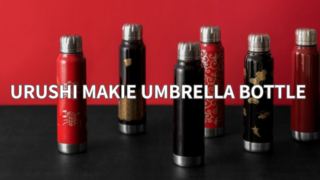
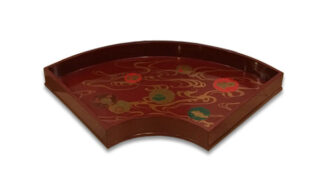
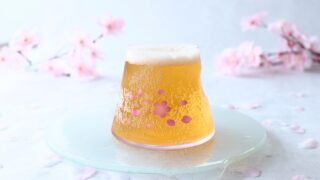
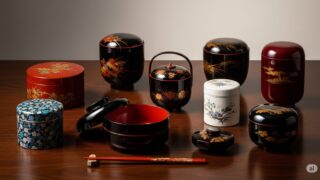
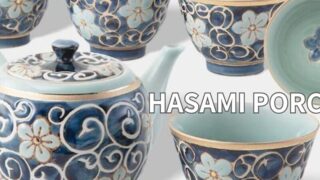
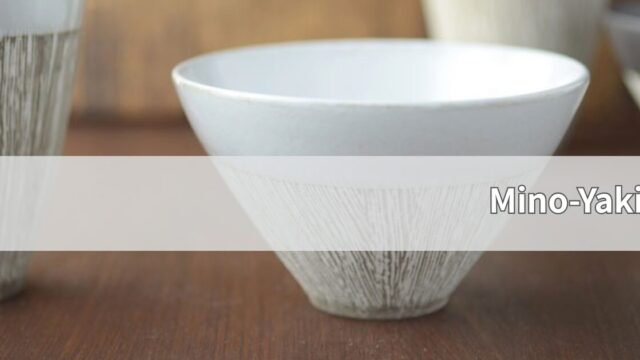
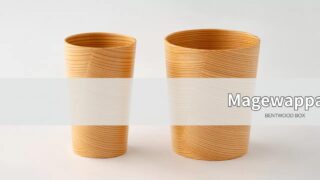
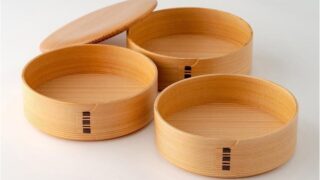
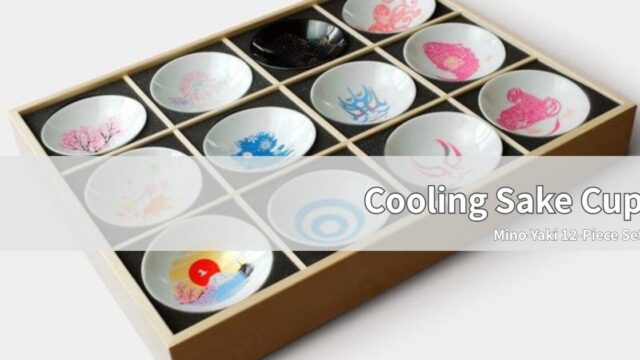
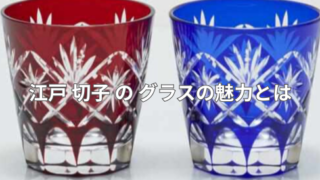
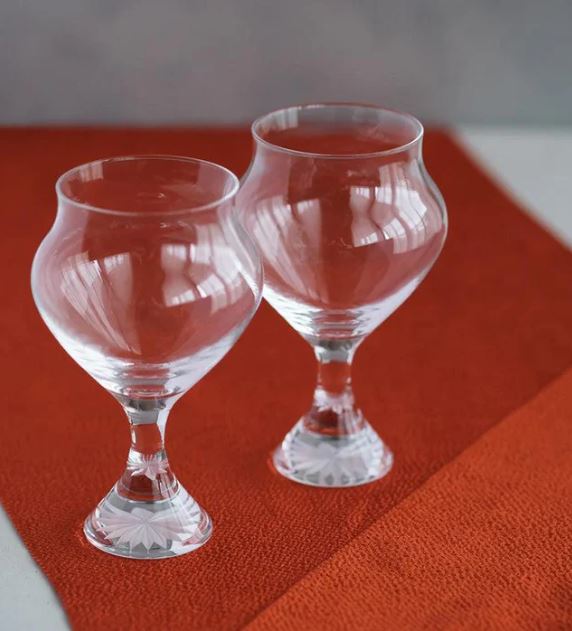
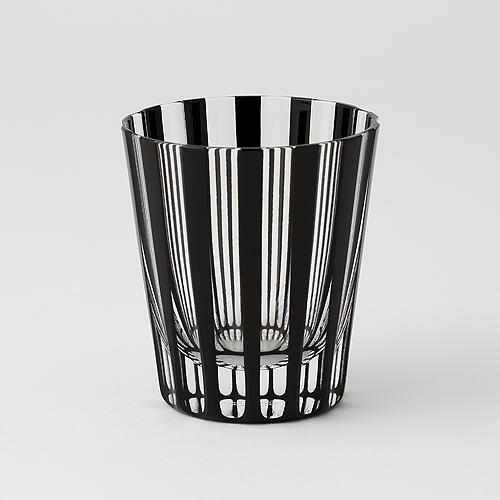
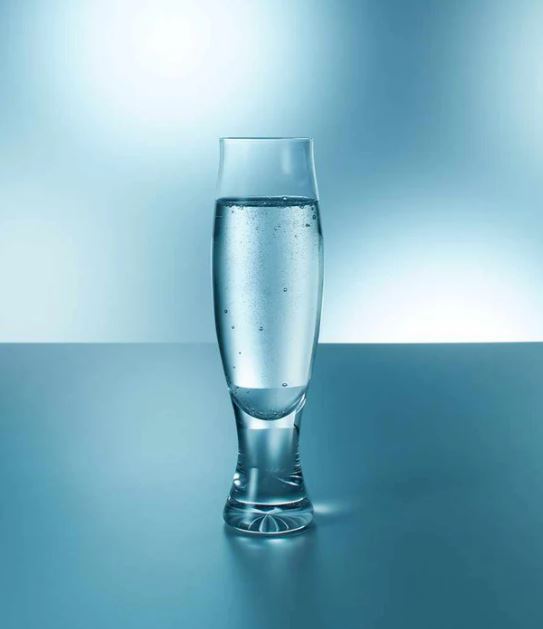
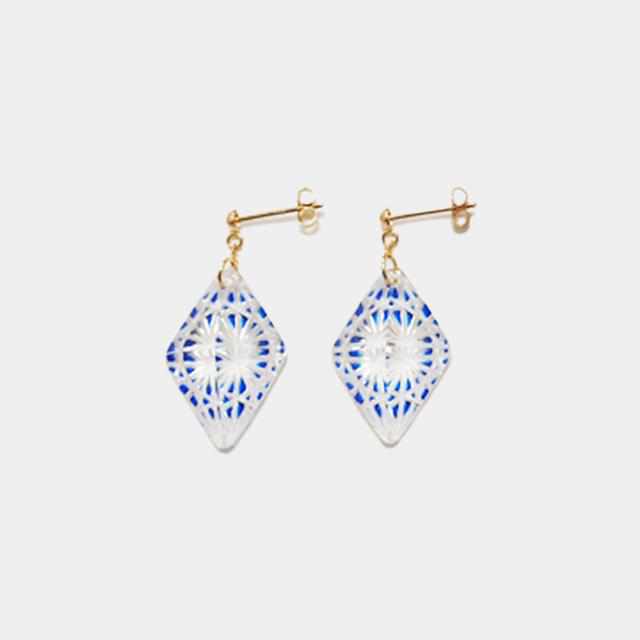
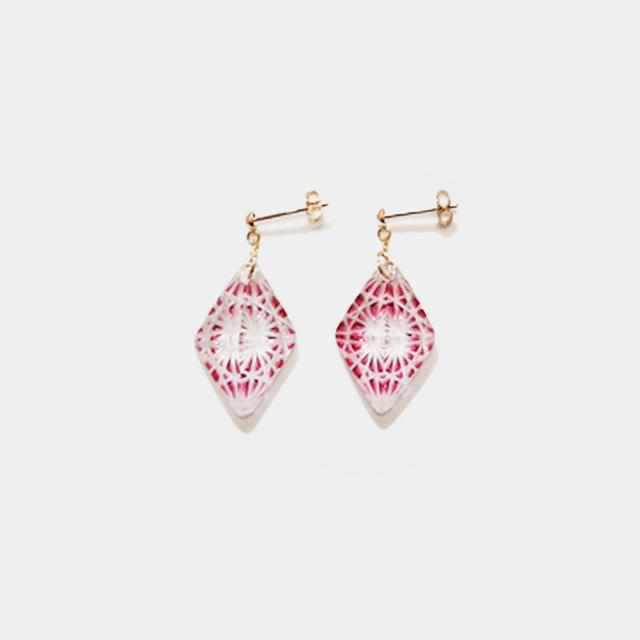

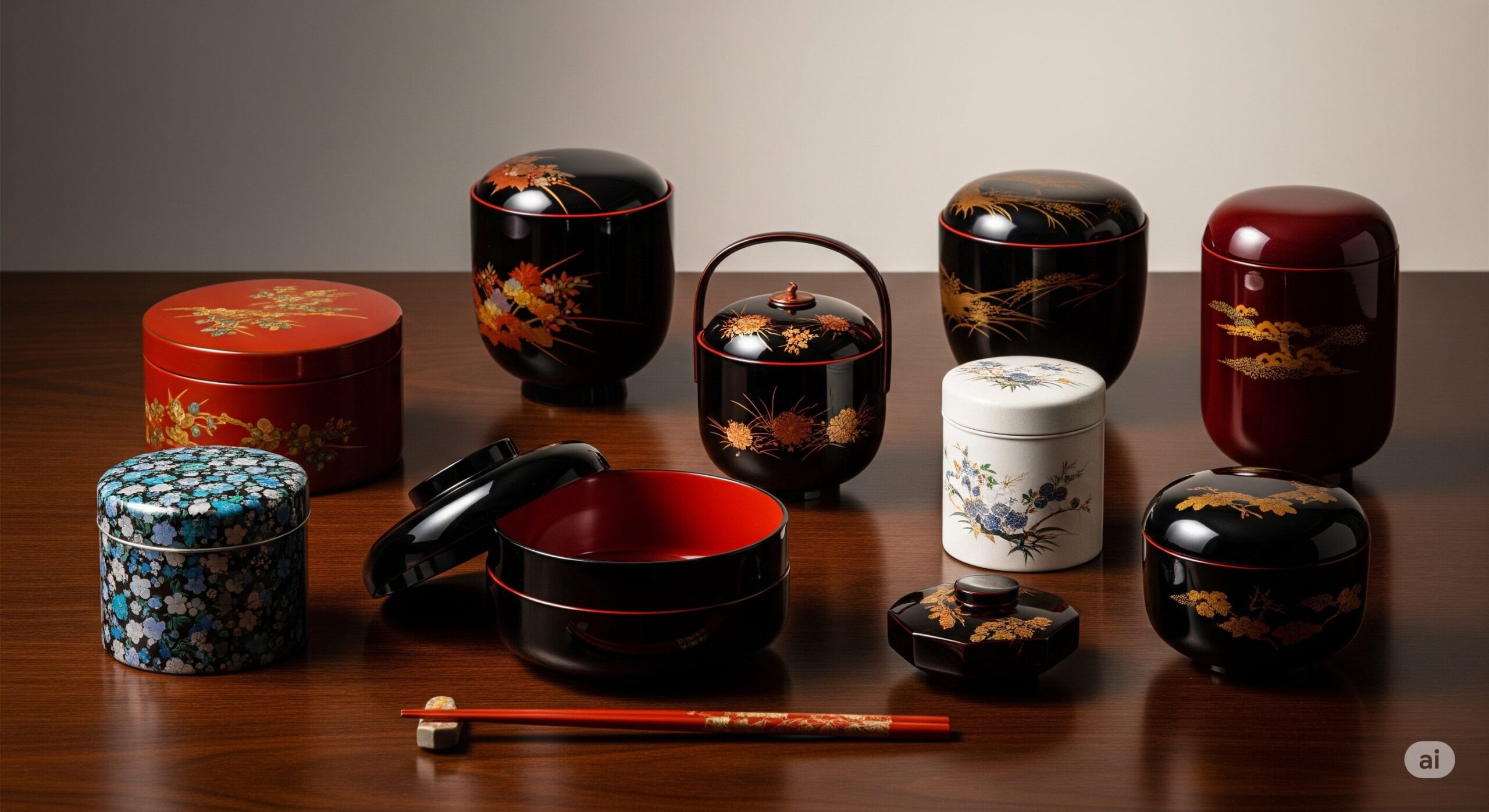
Comment